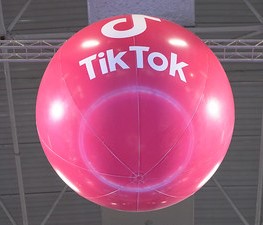
An analysis of mpox-related TikTok videos found the quality was low and the information provided was frequently incomplete and inaccurate, researchers reported yesterday in BMJ Global Health.
Using a hashtag-based search strategy, the researchers identified 2,462 mpox-related videos from January 1 to August 11, 2022, and analyzed 85, evaluating them for content on features and treatment of mpox. They assessed the quality of the information using the DISCERN instrument (a questionnaire that evaluates healthcare information from three perspectives) and JAMA criteria. They also recorded the video source, evaluation scores, and viewer engagement metrics.
Of the 85 videos, which had an average length of 78 seconds, 85% addressed at least one mpox risk factor. But on average they addressed only 33% of all content items that were highlighted in clinical practice guidelines. The average score obtained using the DISCERN instrument was 39.56 out of 80, indicating the overall quality of the information was poor, and the average JAMA score was 1.93 out of 4.
Overall scores were higher for videos produced by doctors and science communicators than for those produced by institutional users, nurses, and the general public. The presence of people in the video and information on the quality of treatment choices were significant and independent determinants of audience engagement (counted by likes).
Our study highlights the risks of referring to TikTok or social media as a health information source.
The study authors note that, with more than 1 billion users in 2022, TikTok is one of the major platforms people use to seek healthcare information and support, and that health-related TikTok videos have shown high audience engagement, which makes evaluating the quality of the information "both urgent and important."
"Our study highlights the risks of referring to TikTok or social media as a health information source," they wrote. "Poor quality videos with biased content may lead to confusion and impair successful informed decision making. This exacerbates the 'infodemic' on social media, deterring efforts to prevent and manage disease outbreaks, notably the mpox outbreak."













